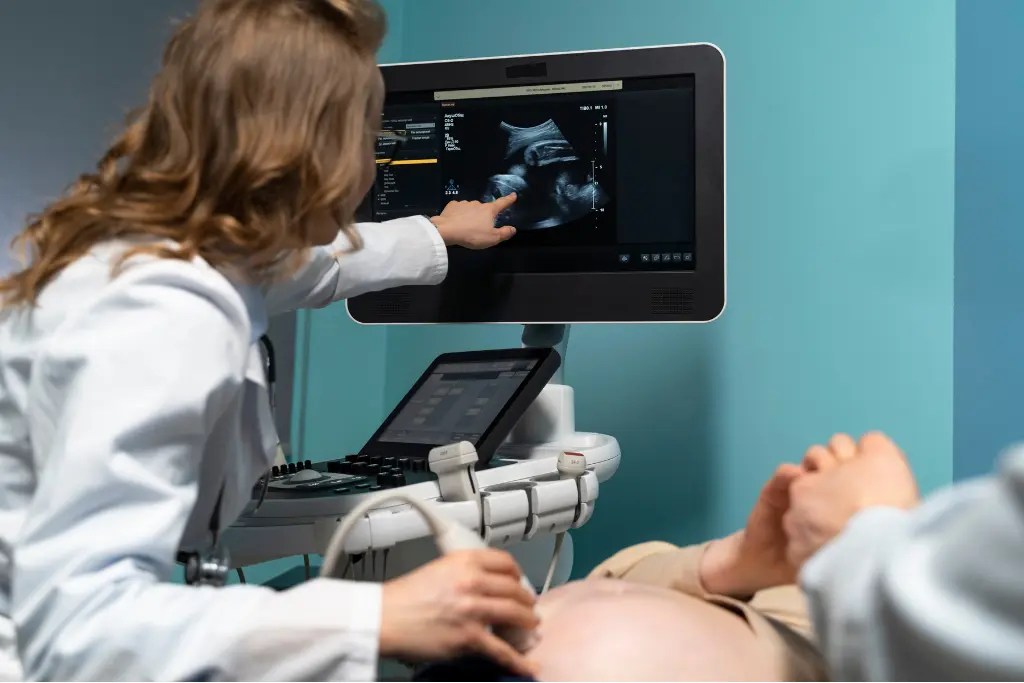Eager to start a family but unsure when pregnancy will be visible? Couples often turn to Genesis IVF, a leading provider of IVF treatment in Chennai, for expert guidance. Understanding how soon pregnancy can be detected after an IVF cycle helps reduce stress and make informed decisions. IVF treatments have advanced significantly, and knowing when to test for pregnancy helps couples navigate the process with confidence.
Excited to start your family but wondering when pregnancy will show? Knowing the right time to test after IVF can ease stress and guide your journey.
Understanding the IVF Cycle Timeline
A standard IVF cycle begins with ovarian stimulation, followed by egg retrieval, fertilization in the lab, and embryo transfer. The overall IVF cycle timeline typically lasts 4–6 weeks from the start of stimulation to embryo transfer. Implantation, where the embryo attaches to the uterine lining, usually occurs 6–10 days after transfer.
Some patients may opt for natural cycle IVF, which involves minimal or no ovarian stimulation, relying on the natural timing of ovulation. This approach can slightly shift the timeline for when pregnancy becomes visible, but it can be less physically taxing and is often suitable for patients with normal ovulatory cycles.
When to Test for Pregnancy
After embryo transfer, couples often wonder after implantation how many days pregnancy test should be taken. For the most accurate result, a blood test (β-hCG) is recommended 12–14 days post-transfer. Light spotting, known as after implantation bleeding, is common and can be confusing. Couples frequently ask after implantation bleeding when to take pregnancy test. Waiting at least 10–14 days after spotting ensures reliable detection.
First vs. Second IVF Cycle
Not every IVF cycle results in pregnancy on the first attempt. Understanding how many cycles IVF to get pregnant is important for managing expectations. Many couples achieve success within 2–3 cycles.
The 2nd IVF cycle success rate is often promising, especially with second IVF cycle frozen embryo transfers. Using frozen embryos reduces the need for repeated ovarian stimulation and can improve implantation chances. Couples planning a second cycle should discuss personalized strategies with their specialists to optimize outcomes.
Treatments Supporting Early Pregnancy Detection
Advanced IVF treatments can improve embryo implantation in IVF and the likelihood of early pregnancy visibility. Some key procedures include:
- IVF and Embryo Transfer – Ensures precise placement of embryos in the uterus, supporting successful implantation and early detection.
- Blastocyst Culture – Extends embryo development to day 5–6, increasing the chances of implantation.
- ICSI Treatment – Involves direct sperm injection into the egg, particularly useful in male infertility or after unsuccessful IVF cycles.
- Laser Assisted Hatching – Helps embryos hatch and implant more effectively, sometimes allowing earlier detection of pregnancy.
These treatments work together to maximize embryo viability and support accurate timing for pregnancy testing.
Factors Affecting Pregnancy Visibility
Several factors influence when a pregnancy becomes visible after an IVF cycle:
- Embryo stage and quality: Day-5 blastocysts often implant earlier than day-3 embryos.
- Hormone levels: Progesterone support affects implantation and early detection.
- Cycle type: Fresh vs. frozen embryo transfers may slightly alter when pregnancy can be detected.
- Individual variability: Each patient’s response can affect how soon a test shows positive results.
Knowing these factors helps couples understand the expected timeline and reduces unnecessary stress.
Emotional Considerations
Waiting for a pregnancy result can be emotionally challenging. Clear information about after implantation how many days pregnancy test should be taken provides reassurance. Patience is key; taking a test too early may lead to inaccurate results and anxiety.
Tips for Couples During the IVF Journey
- Maintain a healthy lifestyle and follow medical advice to support implantation.
- Keep a record of the IVF cycle timeline and test dates for clarity.
- Discuss options like natural cycle IVF or frozen embryo transfers with your specialist if the first cycle is unsuccessful.
- Be aware of the second IVF cycle frozen embryo options if planning a second attempt.
Conclusion
Pregnancy visibility after an IVF cycle depends on implantation timing, embryo quality, and the type of cycle. Whether it’s the first attempt or the second IVF cycle, understanding after implantation how many days pregnancy test should be taken and monitoring symptoms like after implantation bleeding helps couples navigate their journey with confidence. Advanced procedures like IVF and Embryo Transfer, Blastocyst Culture, ICSI Treatment, and Laser Assisted Hatching improve implantation success and allow timely detection of pregnancy.
By understanding the IVF cycle timeline, the benefits of natural cycle IVF, and optimal testing times, couples can approach their fertility journey with clarity, preparedness, and hope.


